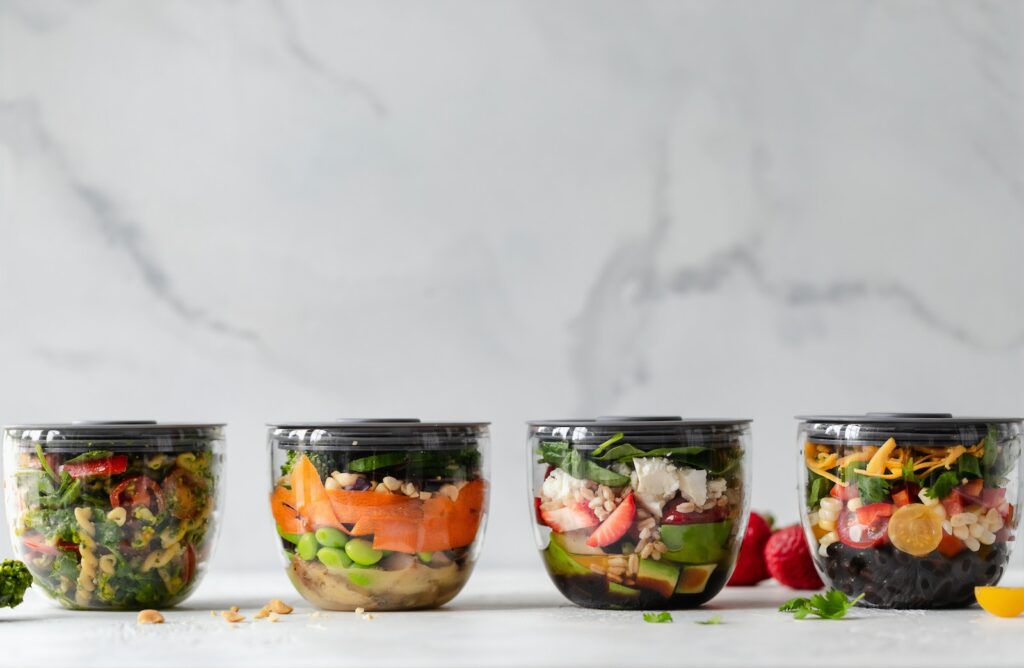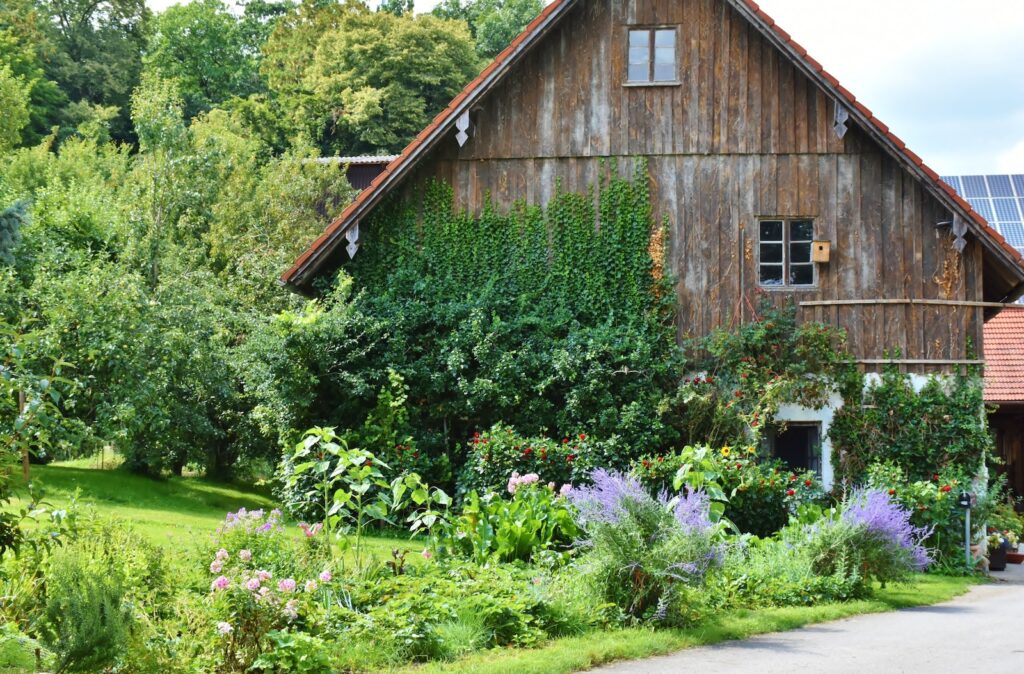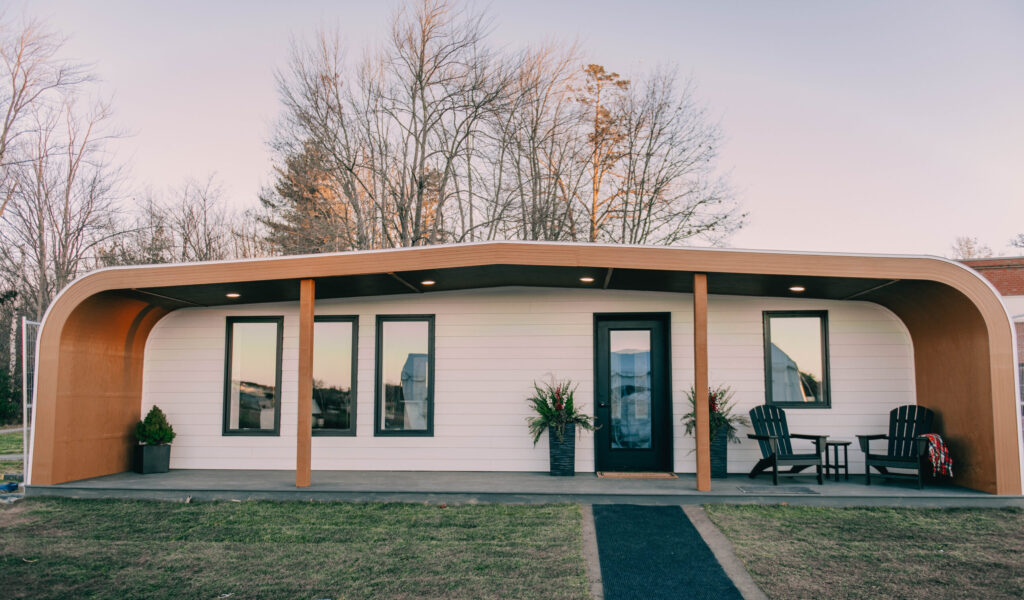Welcome to the world of eco-friendly camp lunches! As a responsible parent who cares about sustainability, you understand the importance of instilling eco-conscious habits in your children from an early age. Packing an eco-friendly lunch benefits the environment and nourishes your child’s body with healthy and wholesome meals. In this blog post, we will guide you through seven essential tips for creating and packing eco-friendly camp lunches that will make your little ones and the planet smile.
Embrace Sustainable Packaging:
One of the easiest ways to reduce waste in your child’s camp lunch is by using sustainable packaging alternatives. Ditch single-use plastic bags and opt for reusable containers made from stainless steel or BPA-free plastics. These durable containers minimize waste and keep your child’s food fresh. Choose reusable water bottles like those from Stanley, S’well or Hydroflask. Not only will you be helping the plant, but your child’s water will also stay cold in the insulated bottle.
Make It Local and Seasonal:
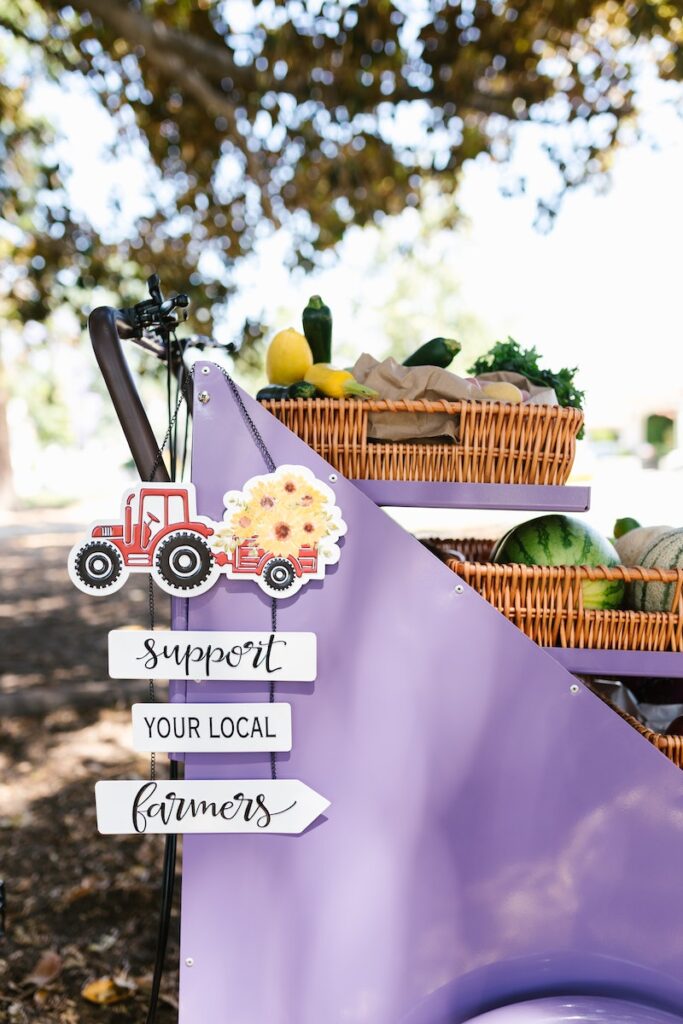
Choosing locally sourced and seasonal ingredients for your child’s camp lunch is a fantastic way to support local farmers and reduce the carbon footprint associated with food transportation. Explore nearby farmers’ markets or join a community-supported agriculture (CSA) program to discover fresh, seasonal produce. Incorporate fruits and vegetables into your child’s lunch that are grown in your region during that time of year, ensuring optimal freshness and taste.
Opt for Organic Camp Lunches:
When selecting ingredients for eco-friendly camp lunches, prioritize organic options whenever possible. Organic fruits, vegetables, and grains are grown without harmful pesticides or synthetic fertilizers, making them healthier for your child and the environment. Look for the USDA Organic label on the packaging, or consider growing your own organic produce at home, engaging your child in the process, and teaching them about sustainable agriculture.
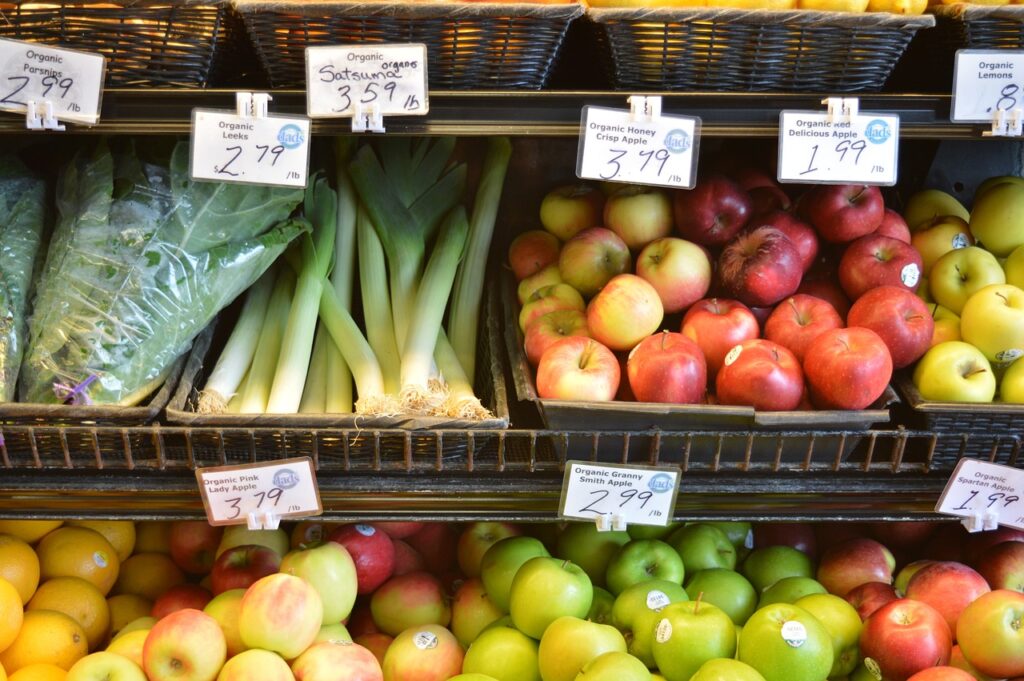
Pack Plant-Based Goodness:
Reducing the environmental impact of your child’s camp lunch can be as simple as incorporating more plant-based options. You can reduce reliance on resource-intensive animal products by including plant-based proteins like beans, lentils, tofu, or tempeh. Delicious vegetarian wraps, salads, or even veggie-packed pasta salads can be flavorful and nutritious choices for your child’s lunch while promoting a more sustainable food system.
Minimize Single-Use Items:
In your quest for eco-friendly camp lunches, strive to minimize using single-use items such as disposable cutlery, napkins, and straws. Instead, opt for reusable cutlery sets, cloth napkins, and stainless steel or silicone straws. These small changes can significantly impact waste reduction and teach your child about the importance of minimizing their ecological footprint.
Encourage Waste-Free Snacking:
Healthy snacks are a crucial part of any camp lunch, and choosing waste-free options can further enhance sustainability. Swap individually packaged snacks for bulk options that you can portion out at home into reusable containers or pouches. This way, you minimize packaging waste and also have better control over the quality and nutritional value of the snacks you provide.
Involve Your Child:
Make eco-friendly camp lunches a fun and engaging activity by involving your child in the process. Take them grocery shopping or to the farmers’ market, and let them choose their favorite fruits, vegetables, or snacks. Encourage them to participate in meal planning, preparing, and packing their lunches. By empowering them with knowledge and responsibility, you help shape their understanding of sustainable practices and instill lifelong habits.
Crafting eco-friendly camp lunches for your child helps protect our planet and nurtures their well-being. By following these seven tips, you can create delicious and sustainable lunches, setting a positive example for your children and inspiring them to make eco-conscious choices in their own lives. Embrace sustainable packaging, opt for local and seasonal ingredients, choose organic options, incorporate plant-based goodness, minimize single-use items, encourage waste-free snacking, and involve your child in the process.
As you embark on this journey of eco-friendly camp lunches, remember that small changes can lead to significant impacts. By taking these steps, you contribute to a greener future while providing your child with nourishing meals that promote their well-being. So, let’s pack those lunchboxes with love and sustainability!
